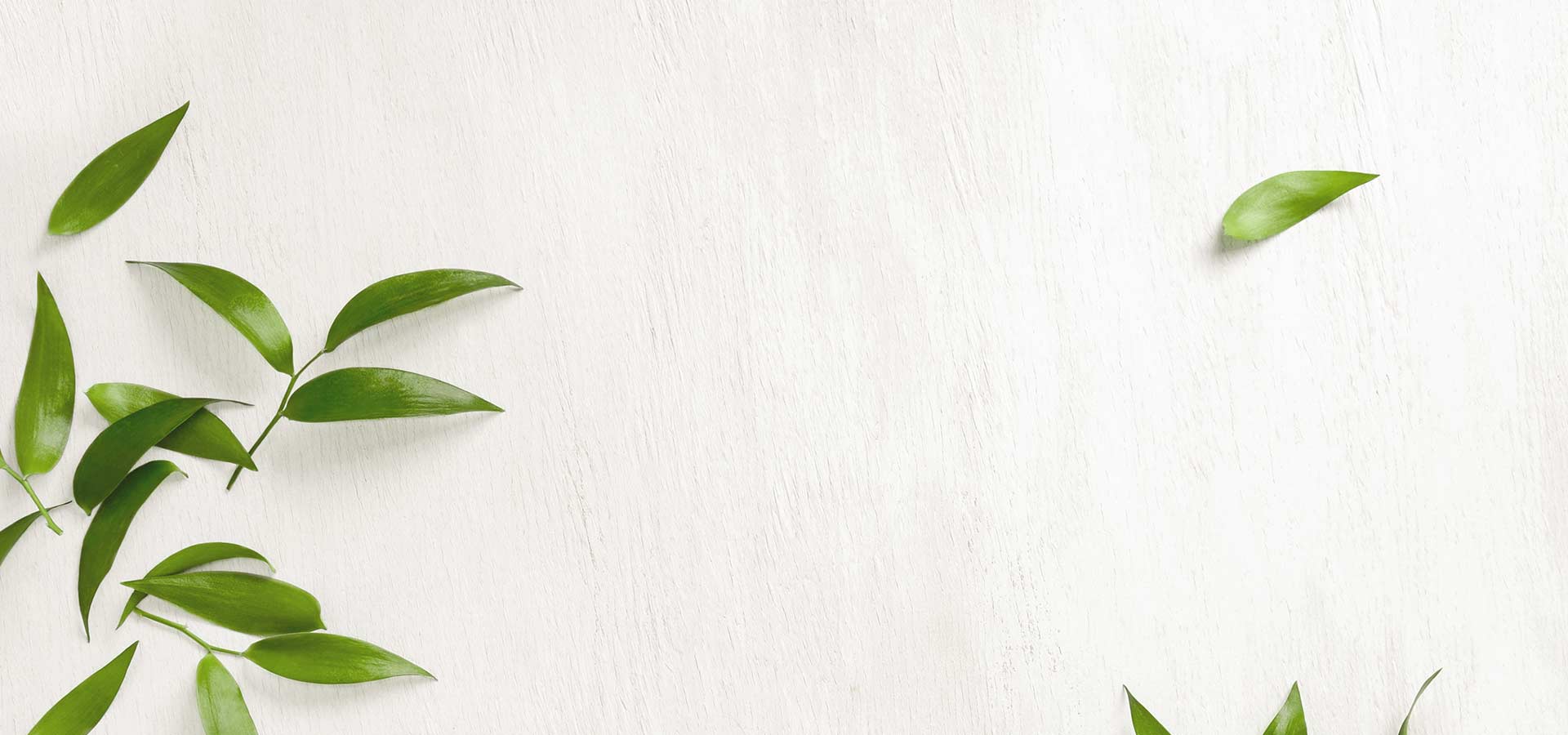
The Camellia shrub that keeps on giving…
If you and I were to play a game of Word Association, I could guarantee you it would go something like this – Drink – Tea, Plant – Tea bushes, Warmth – Hot cup of Tea, Book – Cup of Tea, Summer – Iced Tea, Romance – Over a Cup of Tea?!
Tea, Tea, and Assam Tea
I think I’ll stop right there because I can see you rolling your eyes already! Do I sound obsessive? Hmm…. Passionate? Maybe. But you’d be absolutely right if you thought that TEA – that dark malty aromatic liquid prepared from the leaves of an exotic Asian shrub – was integral to my life. Ever since I left home in Assam to go to university interstate and then overseas, I have bored all of my friends at some point in time, how a good cup of tea, was difficult to get. Well, in all honesty –I need to rephrase it – how a good cup of Assam tea was challenging to get!
The King or Queen of Gardens
Besides my apparent obsession with the brew, as a trained horticulturist, I have always been fascinated with the plant Camellia sinensis itself. It is such an incredibly handsome (or should I say beautiful?) plant! The lush dark green serrated leaves of the evergreen shrub have a pointed tip and are pretty oval-shaped. When left unrestricted and unpruned, it can attain heights of up to 9m with an almost impressive bowl-shaped canopy. To an avid gardener, the delicate fragrant blossoms which appear in white clusters or on their own on short branches (or branchlets to be accurate), are quite captivating. If you were deciding on a suitable, glossy tall shrub for that hedge in your garden or that difficult spot you weren’t sure about, these characteristics would be enough to select this shrub.
And There’s More…
Wait, what if I told you that this plant offers so much more? Besides the obvious use of the leaves, did you know that the flowers are edible too? And, and….wait for it…the seeds can also be used to procure a clear golden-yellow edible oil! To me, it’s a plant that keeps on giving. Another bit of confession here – I have always preferred the concept of edible landscaping in urban home gardens. Coined by the landscape designer and environmentalist Robert Kourik, edible landscaping aptly describes the equalizing gardening marriage between the aesthetic design of plants with that of crop production.
Edible Camellia? Of course!
So, do you see what I am getting at? I think you do! No brainer then, that I have often wondered why couldn’t this ‘crop’ yielding Camellia be used alongside or intermingled with the ornamental Camellia japonica or the C. sasanquas. Granted, the japonicas and the sasanquas have many aesthetically pleasing colourful forms of blooms ranging in colour from white to deep pink that the C. sinensis would find hard to compete with. Still, what it lacks in striking flowers, it makes up in abundance with its ‘crop’ in the subtropical gardens.
Camellia sinensis -The magical Tea bush
As long as the shrub produces new leaves, the tea plants are typically ‘harvested’. In fact, in Indonesia, Kenya, Sri Lanka, South India, where summer tends to continue all year round, the leaves continue to be collected as the new growth keeps appearing. Not so in Assam, in the NE of India. Although Assam has always been the single largest tea-producing region in the world, tea harvesting happens between March – November. And if you are anything like me and want the – maltier, sweeter, and more full-bodied than any other tea produced during the year – you should head straight towards the second ‘flush’ teas.
Tea Harvesting in Assam
Let me explain – in Assam, tea harvesting occurs across four flushes or seasons. The spring flush starts in spring – March – known as the first flush is considered a better-quality tea. The best, of course, comes from the tea that is harvested later during the second flush. And if you are a tea addict like me, you will go to any lengths to get your hands on this lot of the harvested crop of May – June because it is considerably sweeter and more full-bodied with a bold aroma. The most prized ‘tippy tea’ with golden tipped leaves appears during this time of the year. However, with the onset of the monsoons, the leaves mature further, and not surprisingly, are strong and full-bodied and produces a rich colour when brewed. The third flush or the autumn flush occurs after the prolonged monsoons.
So there, isn’t this an amazing gift of nature? There is a ‘flush’ for everyone to suit their taste buds. And let’s not forget – it can be a tasty beverage, no matter what the season. During summer, you can treat yourself to a cool glass of Iced Tea, and during winter, you can warm yourself up in minutes sipping a piping hot cup of tea.
Oh, Let’s Not Forget The Health Benefits..
Additionally, it is no surprise that a single cup of tea can provide multiple health benefits. A recent study involving more than 100,000 adults in China and published by the European Journal of Preventative Cardiology found that those who regularly drank tea were less likely to develop atherosclerotic cardiovascular disease or die prematurely from any cause, particularly stroke, than others.
If this isn’t any reason to develop a daily tea-drinking habit, what is?!


